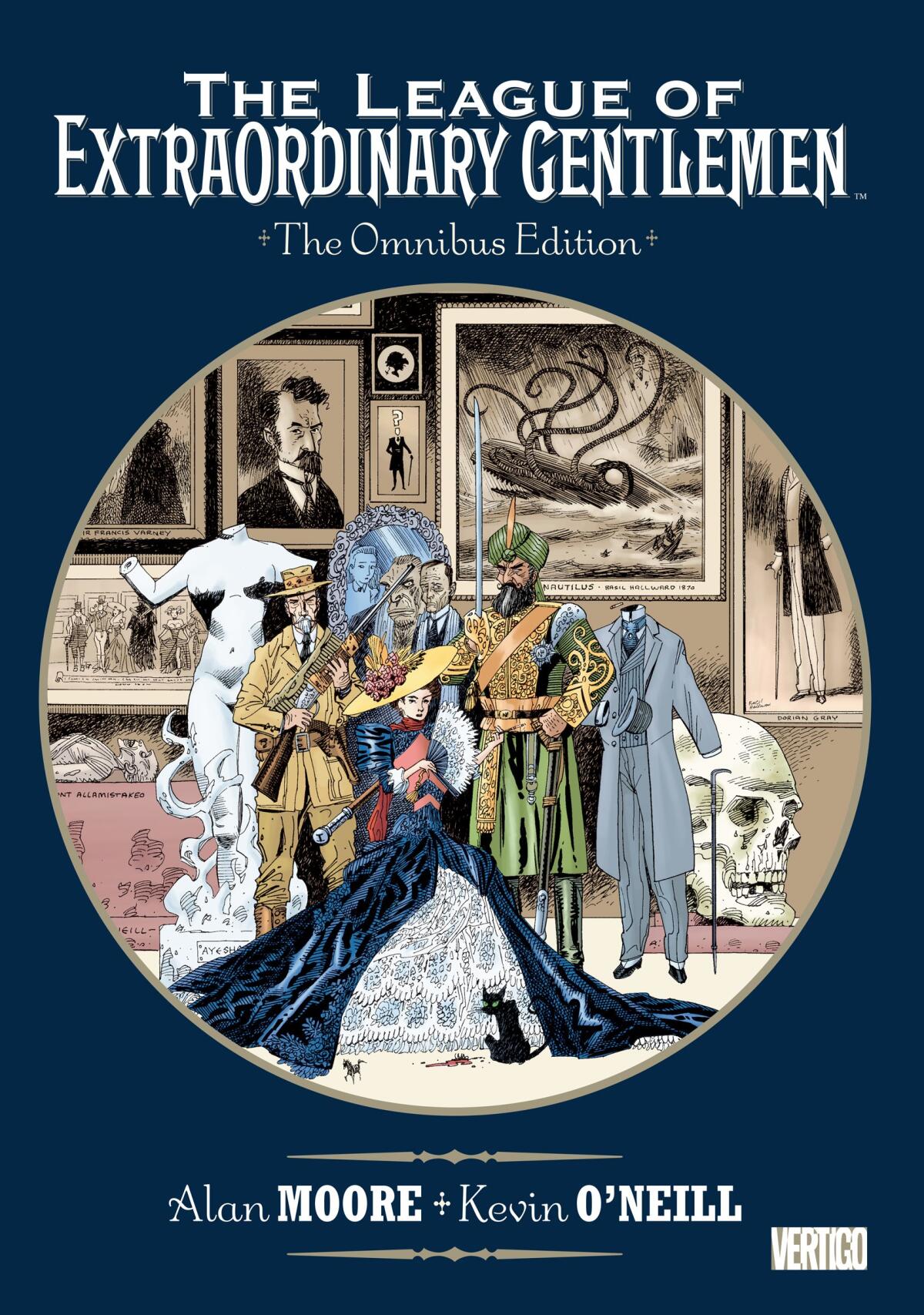Kevin O’Neill, comic artist and ‘League of Extraordinary Gentlemen’ co-creator, dies at 69

- Share via
Kevin O’Neill, co-creator of “The League of Extraordinary Gentlemen” and “Marshal Law” comic books, died last week after being diagnosed with terminal cancer, according to longtime collaborator Gosh Comics. He was 69.
Born Aug. 22, 1953, in southeastern London, O’Neill grew up in a working-class family. He started working in the comics industry at age 16, first as an office assistant for children’s humor comic Buster. He eventually made his way to publisher 2000 AD, where he was both a writer and illustrator. Its stable of titles includes Judge Dredd and Nemesis the Warlock, which O’Neill created with Mills.
The British artist worked as a Disney Comics colorist among other jobs before joining DC Comics. It was at DC that he began getting recognition with a stint on “The Omega Men.” He also worked on Alan Moore’s stories for the “Tales of the Green Lantern Corps Annual” in 1986. O’Neill’s entire style of art was unique, with unclean lines and awkward creatures and colors. It was too much for some. The Comics Code Authority, which governed the content presented in comic books, objected to many of the images he presented and they refused to pass the book. The comic was published without the code.
In creating the look of characters from Batman, X-Men and the Avengers, Neal Adams had a broad influence on comic book icons.
O’Neill was blacklisted from mainstream comics that required the code. His next notable work was 1987’s “Marshal Law,” a hyper-violent satire of classic superheroes and American culture along the lines of today’s “The Boys.” Written by Pat Mills, the book told bloody tales that seemed to suit O’Neill’s artistic style.
His earlier association with Moore led to their next project, probably O’Neill’s most popular comic, in 1999, when they created “The League of Extraordinary Gentlemen.” An Avengers-like team-up of Victorian pulp heroes like Captain Nemo and the Invisible Man, “Extraordinary Gentleman” ran for decades and even inspired a loosely based film adaptation in 2003.
Also a champion of creators’ rights, he helped 2000 AD create credit boxes that, for the first time, named the creative teams on each individual strip, including letterers.
More to Read
The biggest entertainment stories
Get our big stories about Hollywood, film, television, music, arts, culture and more right in your inbox as soon as they publish.
You may occasionally receive promotional content from the Los Angeles Times.












